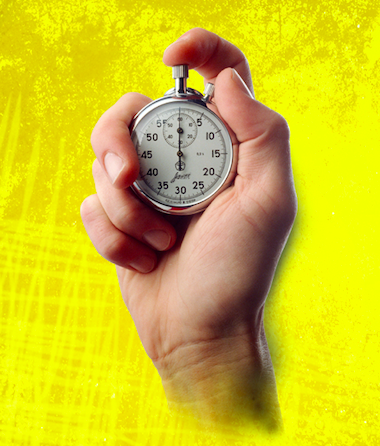The Difference Between Arriving & Starting Practice For Success
Head coaches Jim Mora & Tom Coughlin had success at the collegiate and NFL ranks respectively. They are also well known for their policies on meetings.
Players arrived 15-minutes early for meetings, because the meetings actually start 10 minutes early.
Tom Coughlin even fined players for showing up just 2 minutes early…. These coaches stressed the importance of ARRIVING at practice…
Head coach, Mike Lingenfelter, of the country’s best volleyball program, Munciana, bases his philosophy around successful STARTING practice instead.
[Tweet “He says “The most important part of practice is the first 10 minutes.” “]
Think about the start, if it’s a bad one, then the next ten minutes are usually a coach getting upset, followed by another 10 minutes of having to re-start and re-focus.
That’s 30 minutes! That’s why this coach stresses the importance of successfully starting.
A simple way to instill trust, discipline, and excitement is to address the difference between arriving and starting practice.
ARRIVING to practice should involve an emotional and team-oriented approach.
Dynamic stretching, warming-up, and bonding between the players and the coaches are all part of arriving both mentally and physically. The arrival period is also the best time for a coach to re-connect with players and get a sense of “what’s going on.”
Arriving early and establishing that expectation helps tremendously with the team atmosphere.
Next, how do you emphasis the start?
This is the time that you expect your team to be focused and dialed in.
If the arrival has been taken care of, chances favor that the starting practice will be effective as well.
Once the start of practices becomes commonplace and energetic, the start of games, matches, and meets will also become more consistent. And who doesn’t want that?
[sc name=”signature” ]



